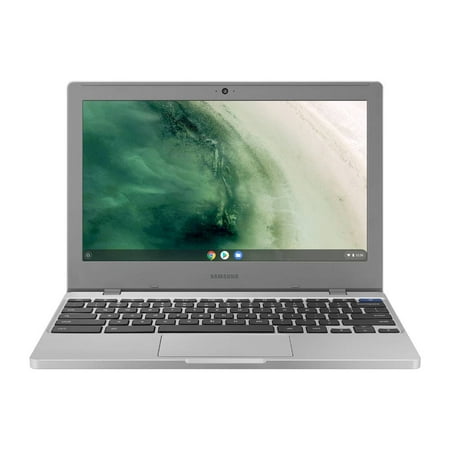Know you are in safe hands
This model has been designed with your privacy in mind. The power button also has a fingerprint scanner built-in, letting you log in safely in an instant. Plus, the web-cam sits inside the keyboard and only pops out when you need it, protecting you from hackers. So, you can have complete peace of mind that you and all your information are safe from prying eyes.









by Glenn
Slim. Light. Fast enough for office work. Good for home. Wouldn’t travel a lot with it as light build.
by Jessica
So far only used for word and presentations etc. but love it. Very light, extremely fast turn on and log in time, love the pop up camera feature. Overall great product and cant wait to do more with it.
by Brian
Great product, bought as a present and it was well-received.
by Dan
Excellent product, boots up in seconds fingerprint reader is ideal. Very pleased with how light the laptop is and how it charges via a type c usb just gives me so many options.
by Richard
I’m very pleased with this laptop. I was a bit hesitant buying a Huawei product with no experience of the brand but the build quality and processing speed has exceeded my expectations, especially considering the price. The finger print power button is very quick and easy. the backlit keys was a nice bonus, i didn’t realise it came with.